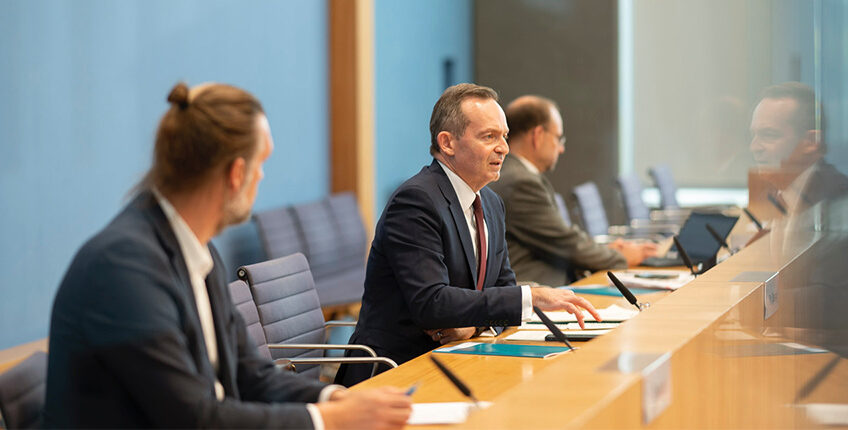Federal Minister Dr. Volker Wissing presented the Charging Infrastructure Master Plan in Berlin today, which has been approved by the cabinet. Under the leadership of the Federal Ministry of Transport, around 80 stakeholders, including the federal states, municipalities, associations and companies, have contributed to the development of almost 70 measures.
Dr. Volker Wissing, Federal Minister for Digital and Transport:
“What mobility will look like in the future is one of the most urgent questions of our time. And the world is looking to Germany in this matter. That is why we must now set a good example and continue to make our infrastructure fit for climate-friendly mobility. The Charging Infrastructure Master Plan II lays the foundation for a comprehensive, needs-based and user-friendly infrastructure for charging cars and trucks. Our goal: to accelerate the expansion of charging infrastructure, simplify the charging process and thus make it easier for people to make the switch.”
Dr. Robert Habeck, Federal Minister for Economic Affairs and Climate Protection:
“The charging infrastructure must be integrated into the electricity grid in a way that serves the system. With the Charging Infrastructure Master Plan, we are setting the right course to achieve this. An interministerial steering group will coordinate further work so that the measures presented are now swiftly and rigorously implemented.”
Johannes Pallasch, Spokesperson for the National Centre for Charging Infrastructure:
“The acceleration of approval procedures, the integration of the charging infrastructure into the electricity grid and the digitalisation of the overall system are just some of the challenges that need to be addressed. The Charging Infrastructure Master Plan II provides the roadmap for achieving this. As the National Centre for Charging Infrastructure, we support the implementation of the measures by, for example, providing demand planning and our digital tools.”
Overview of the key fields of action of the Charging Infrastructure Master Plan II:
Integration of the charging infrastructure and the electricity system: With the help of demand planning by the National Centre for Charging Infrastructure, the expansion of charging infrastructure and the electricity grid are to be coordinated in an optimal and forward-looking manner. With the Federal Network Agency (“Bundesnetzagentur”) and the grid and charging infrastructure operators, the processes for grid connection will be organised in a simpler, more transparent and efficient manner. In addition to accelerating processes, the primary goal is to equip the grids for the growing demands.
Improvement of the charging infrastructure through digitalisation: The Charging Infrastructure Master Plan II is also a digitalisation strategy. This means, for example, that data such as the occupancy status of charging points will be made available in real time in the future. In addition, it should be ensured that the planning of the development of the charging infrastructure is based on solid data and analyses of the distribution and utilisation of the charging points. To accomplish this, data on private, non-public charging points will also be collected and included for the first time.
Greater empowerment and involvement of municipalities as key players: Municipalities possess the necessary knowledge about local conditions. The Master Plan contains a comprehensive support package for municipalities to plan, implement and finance charging infrastructure. This includes, for instance, local master plans, regional charging infrastructure managers, digital advisory and training tools, as well as guidelines and templates to optimise planning and approval processes.
Creation of a charging infrastructure network for electric trucks: Greater use is to be made of battery-electric trucks, both at the regional level and on long-distance journeys. For this purpose, a suitable charging infrastructure must be established in a timely manner. In 2023, the BMDV will invite tenders for an initial public truck charging network. With its own bundle of measures, the Master Plan addresses further challenges in the construction and operation of charging infrastructure for electric trucks, e.g., on private company premises or in the supply of electricity to non-company vehicles.
Simplification and acceleration of the expansion of charging infrastructure: Businesses should find it easier to set up charging infrastructure. Together with the municipalities, the German government will remove obstacles in planning and approval processes and adapt the legal basis, such as in building and immission law.
The Master Plan (in German) can be found under the following link: www.bmdv.bund.de/masterplan-ladeinfrastruktur-2
Image: Federal Minister of Transport Volker Wissing and Johannes Pallasch, Spokesperson of the Management Team of the National Centre for Charging Infrastructure, present the Master Plan at the national press conference. Image source: Franz Josef


